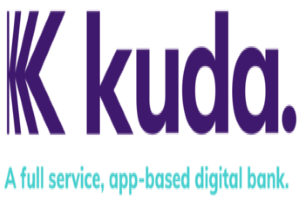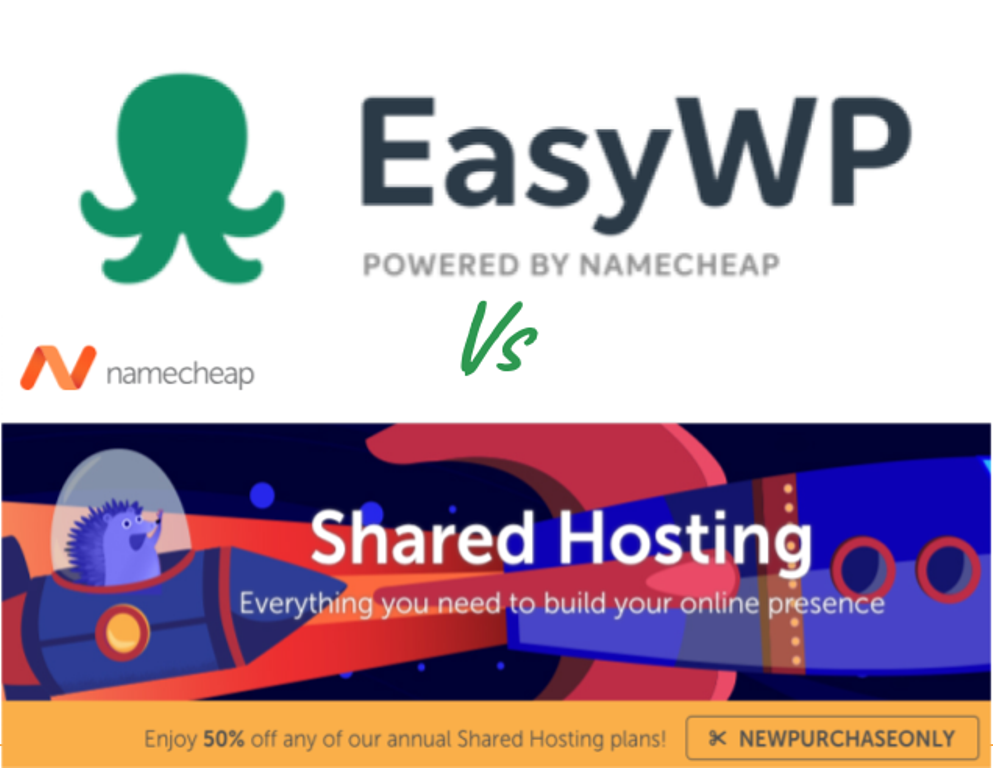An Ultimate Guide to Social Media Marketing for Small Business
Social media is an invaluable asset to any business. It is a window to a half of the world’s population. Social media platforms are also very flexible, allowing businesses to interact with customers in many ways, some more suitable for companies with a larger budget, some with a more limited one. However, the beauty of it is that everybody has a platform for attracting customers.
Sites like Facebook, Twitter, and Instagram are a very cost-effective solution for dramatically increasing sales. In this article, we’ve compiled the things you need to know in order to make your small business flourish by using social media.
Having the right goalpost
Before looking into the approaches small businesses should take towards social media, it’s essential to underline that every attempt to improve sales and engagement needs a KPI, a clearly defined goal. Not only that, it’s worth mentioning that your goals should be realistic and achievable. We’ve delineated three approaches on how your company should establish a goal for its social media marketing strategy.
Establish a goal by studying the recipient
One fairly popular approach is defining your goals by analyzing the infrastructure of your social media presence. Every person that has come in contact with your product, even at an advertising level is located in a particular section of a marketing funnel.

When planning your goals for your social media presence take into careful consideration the people that are located at each of the stages of the funnel. It’s best to avoid the “Spray and Pray” technique. Address the needs of each of the funnel’s section and establish your goals based on that.
Establish a goal by examining your competition
Another way of establishing a set of KPI’s is by analyzing your peers and your industry in general. While any company would be stoked to have a million subscribers on a social media platform, numbers like these may simply be considered unrealistic if your niche is, say, crochet.
Consider adjusting your goals to your competitors’ achievements, and ideally, aim 10% higher. A few basic metrics that should be at the foundation of your KPI are brand awareness, audience engagement, and the overall traffic that your main website gets from social media.

Establish a goal by focusing on the industry’s needs
As an aspiring business, you most certainly have a vision that you want to fulfill within the industry, and in the way, things are done in your particular field. Every company aspires to bring something new to its niche.
Another way of defining your small business’s social media KPI’s is to measure them in the context of the industry you’re a part of. More specifically, the change you want to bring into it. In this department, there are many goals to choose from.
Read: Top 6 questions to ask before choosing a social media platform for your startup
Here are a few examples:
- Build a more meaningful relationship with your customers and increase their confidence in your services
- Create a platform for greater customer satisfaction
- Drive bigger attendance to your physical store (if you have one)
As you can see, when it comes to creating a set of KPI’s based on the current state of the industry, there is a broad spectrum of possibilities.
When you feel like you’ve found the KPI’s that satisfy your needs as yourself the following questions:
- Are they specific enough?
- Can I measure them properly?
- Are they realistic?
- Are they actually relevant?
- Are the deadlines for these goals reasonable?
Understand the people you’re talking to
One of the essential things that you can do to ensure a greater engagement with your content and your social media activity, in general, is investing some time into studying your audience’s language. We express our thoughts in the same language, but by using different memes, different expressions, and different concepts. Your potential customers have their own peculiarities when it comes to communication — adopt them.
Talk the talk
And while this does sound like an undercover CIA type of deal — it really isn’t. You’re not doing it to trick people into something. You’re trying to help them by understanding them better.
But how does one gather even more information about their demographic than just the basic data on their age, gender, and so forth? Here are a few great ways to collect some meaningful insight into your potential customers that won’t cost you an art:
- Surveys — paid and unpaid.
- Create social media polls.
- Use chatbots to collect feedback from your existing clients directly.
- Google Analytics.
- The insight provided by your social media platform of choice.
- Monitor the conversations your potential customers engage in in the comment section.
Sync with their rhythm
You’ll get the best results from your social media posts if you publish them at the hours of peak interest for your audience. There are particular timeframes in which social media users are interested in using their preferred platforms for whatever reason, maybe they’re having lunch, stuck in traffic, commuting, and a host of other reasons.
This is an essential part of “understanding your audience”. You deliver the news that they might find interesting at times they find comfortable so that the social media platform’s algorithm shows them this post at the right time.
Read: 3 keys to skyrocket your Social Media Presence
Be authentic and as human as possible
We’re facing a crisis of trust. Consumers are reporting that they have very little trust for marketers and corporations, which gives small companies an edge over persuading potential customers to do business with them. This a central reason for companies trying to humanize their brands and social media presence — people want the hear from real people, especially in the technological era, when we’re so connected, yet so disconnected.
This partially explains the growing number of web pages that only exist to collect feedback from users about a product or service. These are TrustPilot, SiteJabber, and websites offering online editing services reviews, for example. Many of these websites enjoy support from major brands that are interested in getting regular feedback and maintaining active discussion around their activity.
Letting your prospect clients appreciate your human side isn’t really that complicated, but it does require a somewhat methodological approach. The central idea behind this principle is to show potential customers that behind that social media profile is a person with fears and anxieties, which is capable of mistakes, but also able to take responsibility.
Despite humanization isn’t really only about negative emotions, one of the more important feats of a human and authentic brand is the quality of taking responsibility for things that didn’t work out.
If you decide to embark on this path of brand voice humanization, bear in mind that you should maintain your previous tone. Remember, tone inconsistency often makes customers insecure, since the brand that they tend to do business with is no longer what it used to be.
Here are a few tips:
- Take the chance to highlight your employees. We briefly touched on the aspect of having “actual people” that are running the company, so a great idea would ask some of your workers to partake in posting on social media and actually signing their names under any contribution.
- Never hesitate to make a cordial apology when one is due. This is a great way to show your customers that you care about them and feel sorry for having discomforted some of them. A company that has done an amazing job in terms of humanizing their content and social media strategy is Slack. Here’s an example of how the company has tackled a technical issue. An essential part of humanization is being open about the errors you make, but working even harder to prevent them.
- Communicate with your clientele, engage into conversations with them over social media, and avoid giving template answers. Taking short breaks from a strict, corporate language is a good thing.
Read: Best Apps For Small Business Owners and Entrepreneurs

Social Media is an advertising powerhouse
It is often the case that simply distributing content on your social media pages doesn’t attract as many customers as you’d like to, which brings us to a paid advertisement. The reason social media is a great place for ads is that they are fairly inexpensive and they can target very narrow demographics so that you get a better bang for your buck.
While platform diversity is important, take your time to study what kind of ads are more attractive to users of specific sites.
We’ve touched on the importance of establishing clear goals at the beginning of the article, and we’re going to have to do that with paid ads as well. Here are the five most common goals companies aim for when engaging in social media advertisement:
- Grow Traffic
- Increase Visibility
- Improve Engagement
- Improve Lead Generation
- Improve Sales
After you’ve taken your time to establish the best goals and KPI’s by using paid advertising, it’s a great idea to define which platform you’re going to advertise on — and this one is pretty important. People often think: “Well, what difference does it make? It’s still advertising.” However, this is pretty far from the truth.
Platforms are very diverse and the way they interact with their customers are very different as well. This is why you should look into the peculiarities of each social media website and define which one suits your business best. Let’s look into the major websites and see what are the benefits of each and every one:
- Instagram: Probably the most visual platform out there. On Instagram, you need to have something to show. Something that catches the eye. However well-written and compelling the text accompanying the image is — it always comes second.
- Twitter: Twitter is most certainly among the more flexible social media sites when it comes to advertising a product. Given Twitter’s minimalistic, text-focused layout, it is much easier to get your point across and drive traffic to your main website.
- LinkedIn: This site has a very narrow and specific user base — they are people that care about their careers and professional growth, this is why it’s more of a B2B environment than anything else. If your company focuses predominantly on this type of market, most certainly LinkedIn is the way to go.
- Facebook: This is probably the most human-centric platform. Facebook provides its advertisers with a myriad of ways and formats to promote their product so that it has the ability to communicate the message to their target audience with maximum efficiency.
Don’t sleep on influencer marketing
Influencer marketing is definitely the big thing right now and it is among the most effective marketing approaches and among the more cost-effective strategies. Collaborating with micro-influencers is a great way to build trust and engage a specific part of the demographic.
The important question, however, is “how to find the right influencer for your particular brand?”
Well, the rule of thumb is to start small and observe the effects the collaboration has brought, then rinse and repeat. It is essential to experiment with a variety of influencers with different audience sizes and have them advertise in different formats.
One thing is for sure if you’ve found an influencer that you “clicked” with and your collaboration is smooth and fruitful — don’t hesitate to build a long-term relationship with them. Consistency is a central factor of success. The more often influencers speak about your brand, the more efficient it becomes.
Read: The effect and use of data-driven decisions in a startup
Conclusion
Social media is a very complex topic and it gets even more complex when you try to apply theoretical strategies to your own very special company, with unique customers, in a very peculiar industry.
The great thing about it is that there’s no way to find out what the best approach is, but by diving into it and constantly calibrating your strategy. Good luck!
Thank you for reading this post, sharing is caring, please do share this post with your friends and don’t forget to like us on Facebook, Twitter, Instagram and other social network channels for regular update





